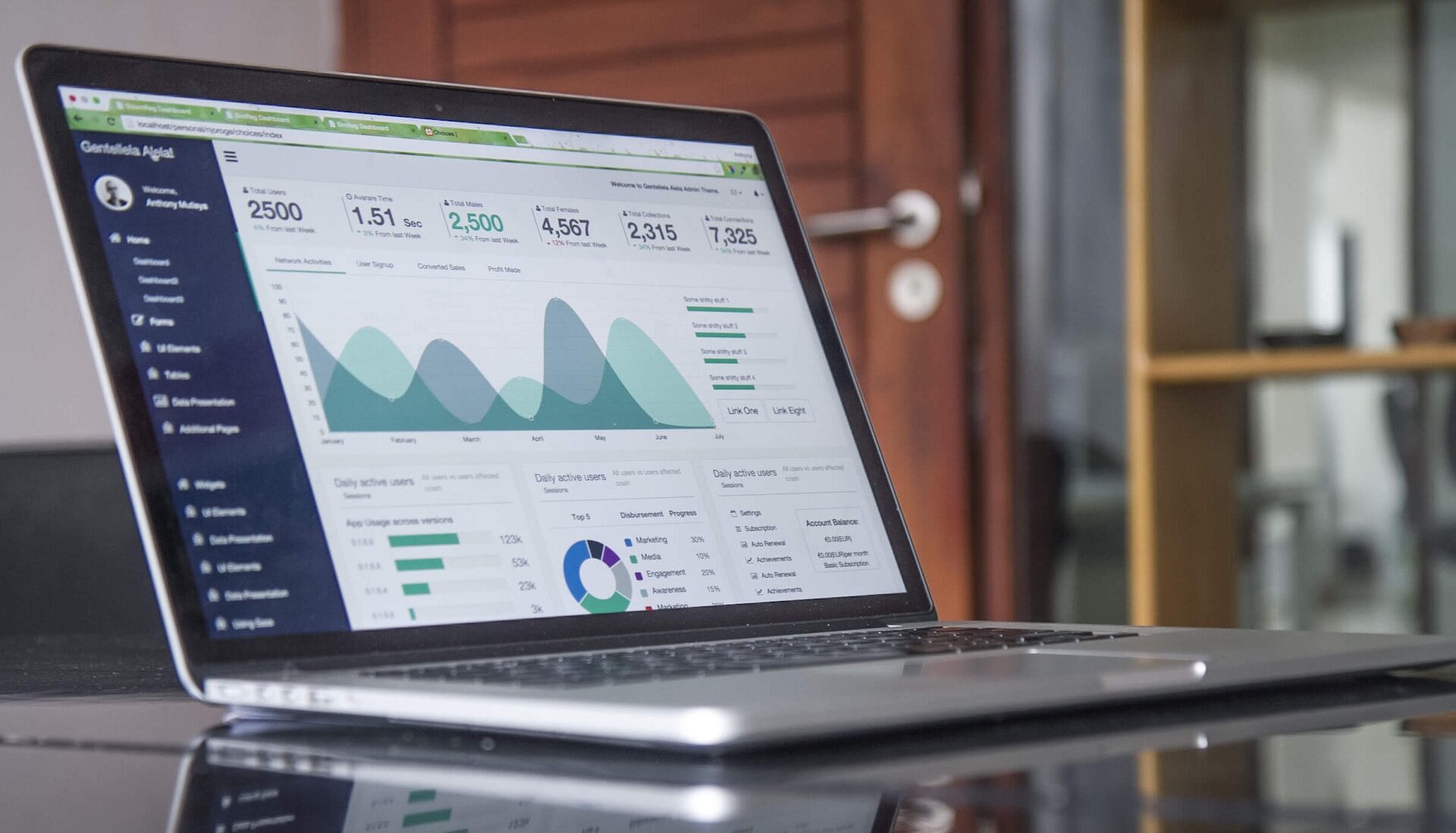Data Analytics: Critical Insights for Success

Businesses can stay ahead of their competition and more quickly react to shifting market behaviors by making informed decisions based on accurate data. Investing in and utilizing data analytics and business intelligence (BI) tools are critical. Insights gained from these tools give businesses the insights needed to make important decisions about their products, services, and operations and to pivot with changes in market trends and conditions.
Data Analytics and Business Intelligence: The Basics
Collecting and analyzing data, looking for patterns, trends, and insights, is called data analytics. Business intelligence refers to the tools, processes, and methods used to collect, analyze, and present data and data insights. Together, data analytics and BI tools help business leaders and decision-makers make informed decisions about products, services, operations, and strategies based on data-driven insights.
Businesses can generate volumes of data from various sources – sales, marketing, finance, customer service, and operations. By using data analytics and BI tools, businesses can consolidate and analyze this data to gain valuable insights into their operations. These insights can be used to improve the performance of operations and production, identify new service opportunities, and make informed decisions about shifting market trends.
Benefits of Data Analytics and BI Tools for Businesses
- Streamline Processes: Data analytics and BI tools can help businesses streamline their operations by identifying areas for improvement. By analyzing production data businesses can identify bottlenecks and inefficiencies which can be used to optimize production processes, reduce costs, and increase productivity.
- Identify New Opportunities: By analyzing customer data, businesses can gain insights into customer behavior, preferences, and needs. These insights can be used to identify potential new products or service opportunities that align with customer needs and preferences, as well as identify new market trends across customer segments.
- Improve Overall Performance: Data analytics and BI tools can help businesses improve their overall performance by providing insights into key performance indicators (KPIs). By analyzing sales data, businesses can more quickly identify trends and patterns in sales performance that can be used to optimize sales strategies, helping to increase revenue and improve profitability.
- Increase Competitive Advantage: Data analytics and BI tools can also provide businesses with a competitive advantage, staying ahead of their competition. For example, by analyzing market trends, businesses can identify emerging services and adapt their strategies to stay ahead of the competition.
- Enhance Data Security: Data analytics and BI tools can also enhance data security. Businesses can consolidate and analyze data, and watch for patterns to identify potential security risks and vulnerabilities. These insights can be used to inform security decisions designed to protect the business and its customers from data breaches and cyber-attacks.
Choosing the Right Data Analytics and BI Tools
Choosing the right data analytics and BI tools is critical, but can be challenging, especially for businesses that are new to these tools or SMBs that have a limited budget. Some factors to consider when choosing data analytics and BI tools include:
- Scalability: Choose tools that can scale with the business as it grows and expands.
- Ease of Use: Companies should look for data analytics and BI platforms that are easy to use and maintain to help encourage adoption. Platforms that are difficult to navigate or that are unfamiliar to employees won’t have high adoption or utilization rates, resulting in a low ROI.
- Customization: Choose tools that can be customized to meet the specific needs of the business.
- Integration: Choose tools that can integrate with existing systems and applications.
- Cost: Choose tools that are affordable and provide a good return on investment.
Examples of Data Analytics and BI Tools
There are many data analytics and BI tools available for businesses to choose from. Different platforms may target specific verticles as well. When evaluating BI platforms, it’s important to consider data sources and critical systems that are already in place at the business. Some BI tools to consider include:
- Tableau: Tableau is a data-visualization platform that provides business analysts the tools to create interactive dashboards and reports to support decision-making. Because of its close ties to Salesforce, this is a natural choice for businesses that are already Salesforce power users.
- Microsoft Power BI: Microsoft Power BI is a cloud-based business intelligence and data visualization tool. It ties into the Office 365 suite of services and is a solid option for companies that rely heavily on other Microsoft products, such as Dynamics, SharePoint, and OneDrive. It can also pull data from non-Microsoft platforms that have an available API.
- Google Analytics: Google Analytics is a free analytics service that provides businesses with insights into website traffic and user behavior. Analytics is a natural choice for e-commerce businesses that need to track users through online shopping processes or SaaS platforms that need to monitor onboarding processes.
- SAP Business Objects: SAP Business Objects is a suite of data analytics and BI tools that includes reporting, dashboards, data discovery, and data visualization.
- IBM Cognos Analytics: IBM Cognos Analytics is a business intelligence and analytics platform that allows businesses to create custom reports and dashboards.
Utilizing data analytics and business intelligence tools is essential for any business to stay competitive and able to react to the quickly changing business landscape. These tools can provide useful insights to make informed decisions, streamline processes, identify new opportunities, and improve efficiency across business lines. When choosing data analytics and BI tools, businesses should take into consideration scalability, ease of use, customization, integrations into existing tools and platforms, and cost. By investing in the right data analytics and BI tools, businesses can gain a competitive advantage and drive success.


